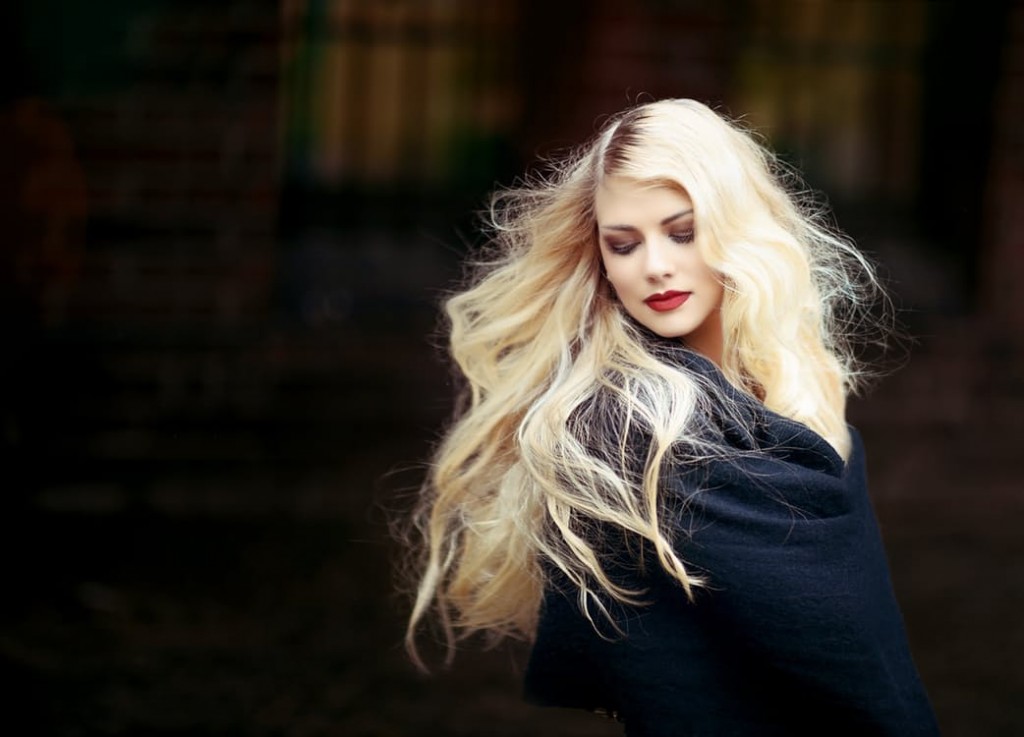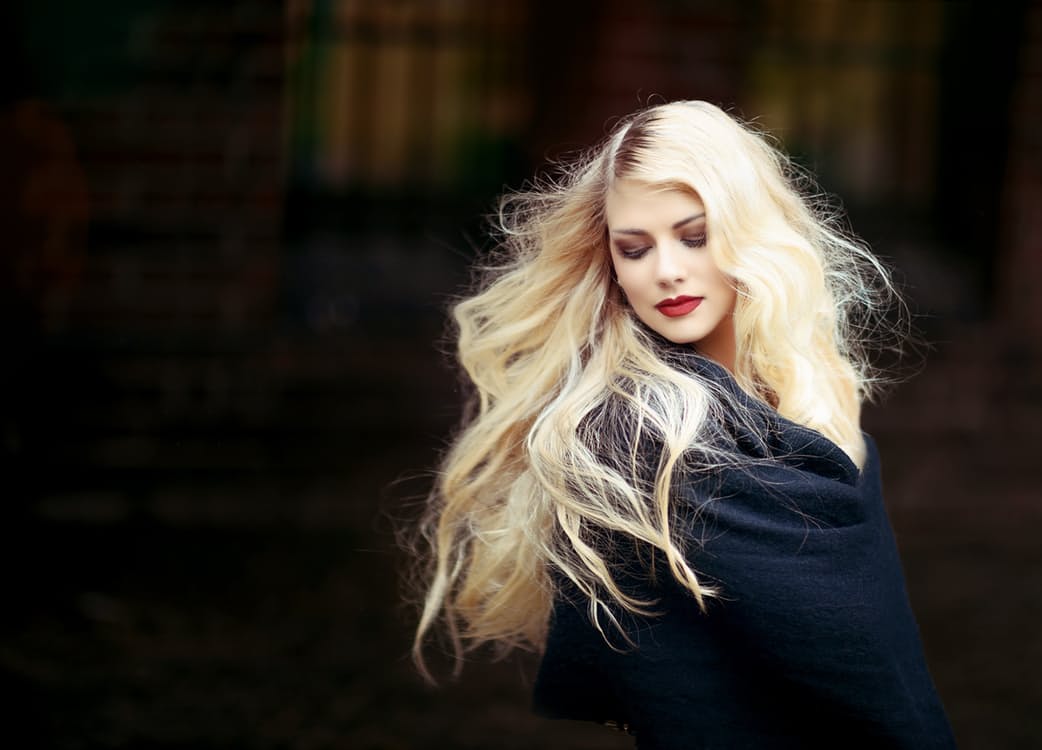The Basics of Lightener

We all know the process of dying hair is all about chemistry. Results are dependent on the ratio and quantity of hair color, the type of dye and the starting color of the hair. Sometimes to achieve the perfect color, lightener has to be involved. Lightener is a scary subject because of the adverse affects that happen if something goes wrong. Understanding the chemistry behind how it works is one of the steps to preventing significant damage to your or your clients hair.
Hair Basics
We all know our hair is made of a protein called keratin. This protein is also found in our skin and fingernails. Our hair color itself depends on the ratio of two melanin proteins;eumelanin and phaeomelanin. Eumelanin creates brown to black hair shades while phaeomelanin creates golden blonde, ginger, and red colors. The absence of either of these results in white or grey hair. Blonde hair happens because of a low concentration of eumelanin and phaeomelanin. Lightener reacts better with eumelainin than with phaeomelanin, which is why hair may be a reddish or orange color after bleaching. The yellow tint of bleach blonde hair is the natural color of keratin showing through.
Types of Lightener
The most common lightening agent is a mixture of hydrogen peroxide and an alkaline solution. The solution opens the hair shaft and allows for the peroxide to react with the melanin in the hair. Oxygen lighteners contain hydrogen peroxide, or other peroxide-releasing compounds. Then there are lightening powders which contain calcium hypochlorite. Oxidizing lighteners are activators for lightening powders and need to be mixed together. Developer (the oxidizing lightener) comes in different volumes. The higher the volume, the quicker and harsher the reaction to the hair particle. The more time the lightener is on the hair, the lighter the hair will become, but also the more damaged.
Protecting Your Hair
While there are ways to protect your hair from the damages of lightener, the best solution is to go have it professionally done. You and your stylist can discuss the current condition of your hair, if it healthy enough to be lightened, and how light you want your hair. The stylist will suggest products they can use before, after or during lightening, which can help protect your hair.

